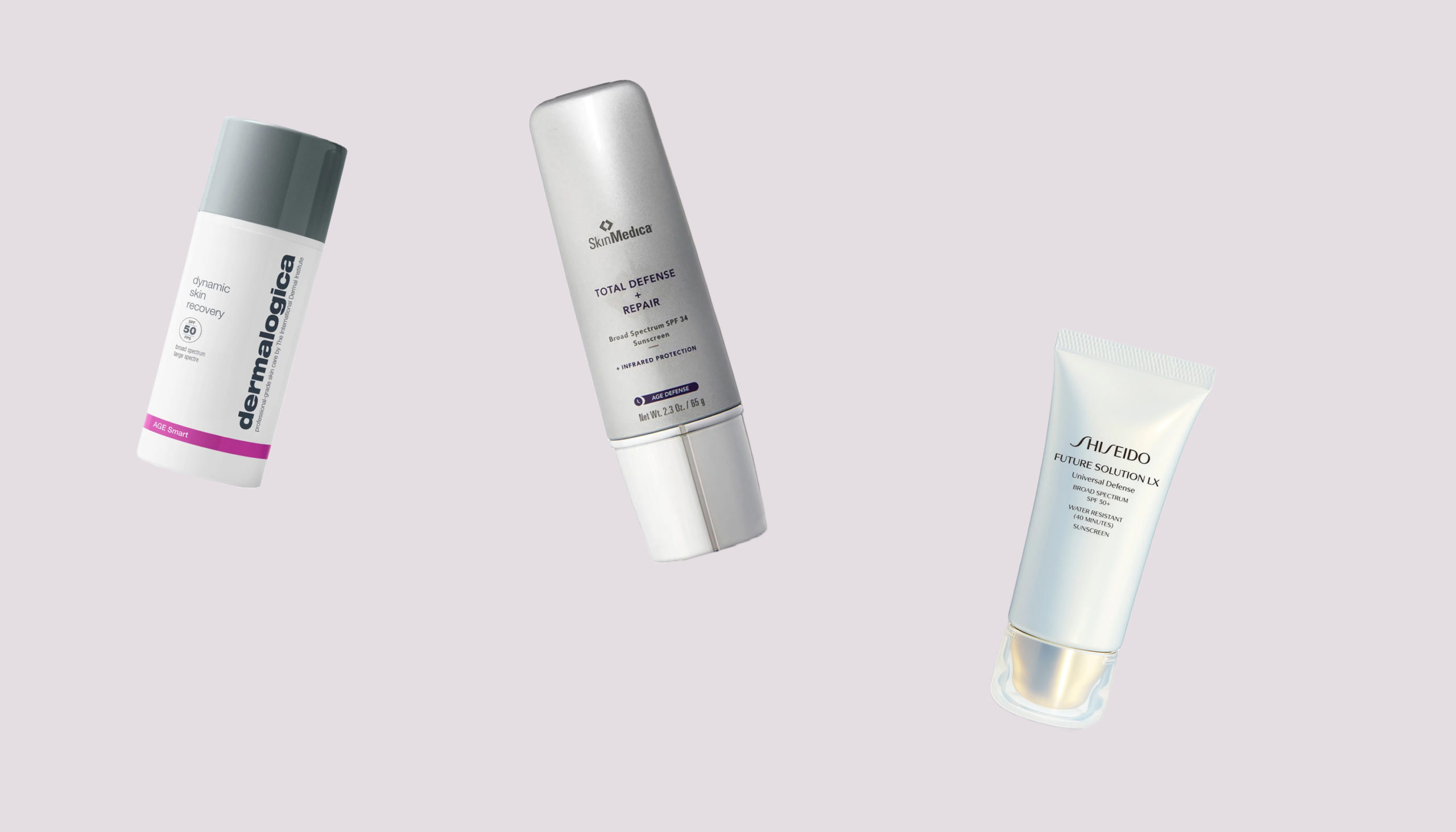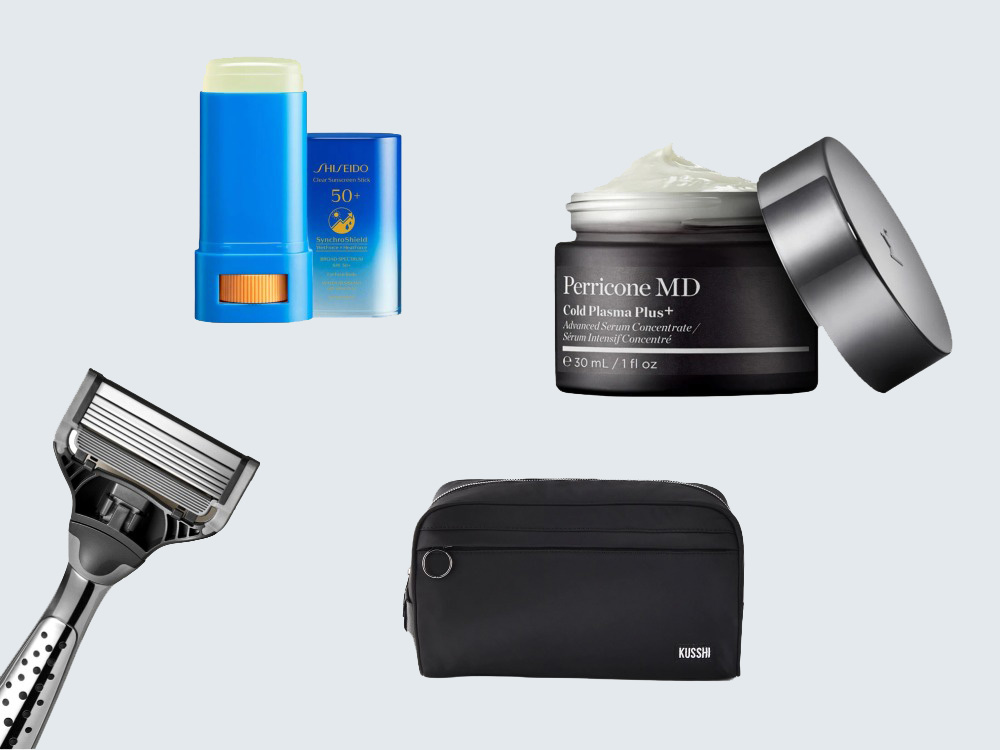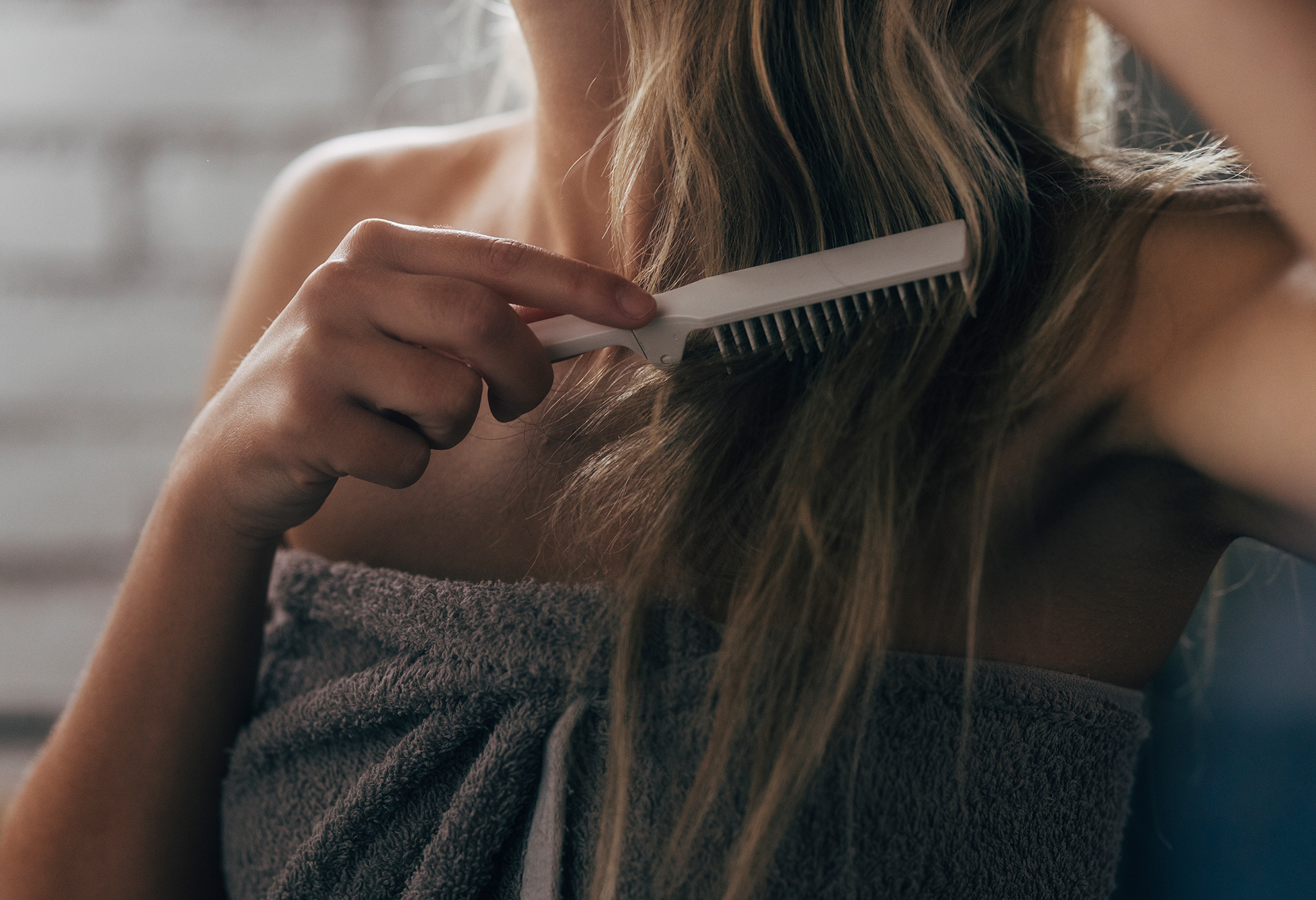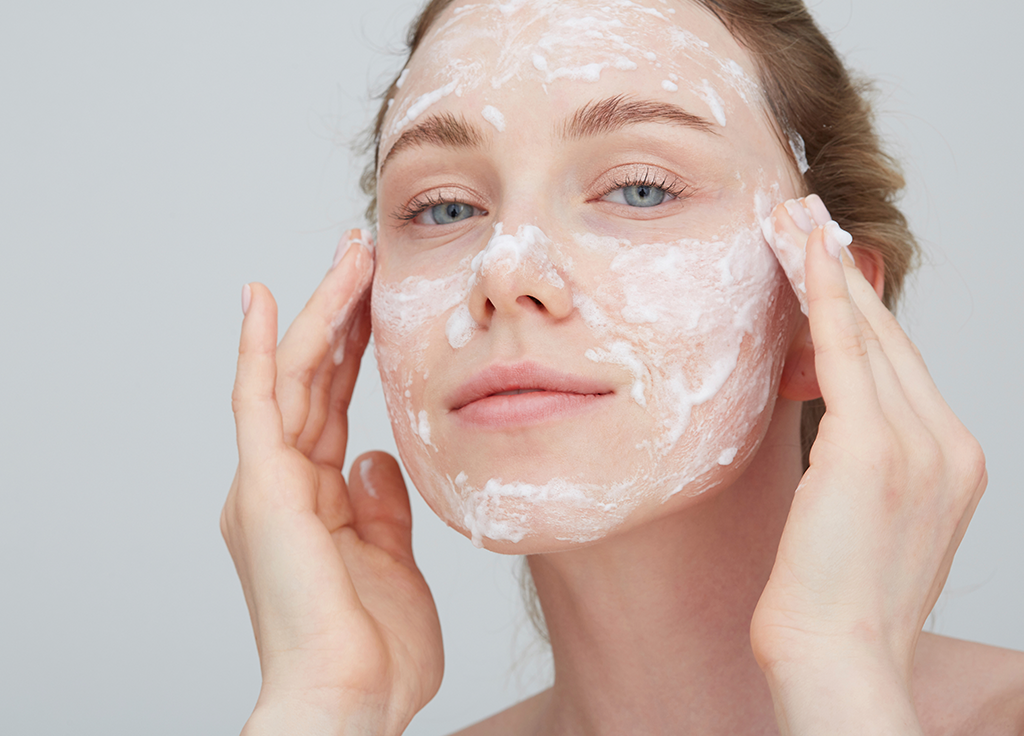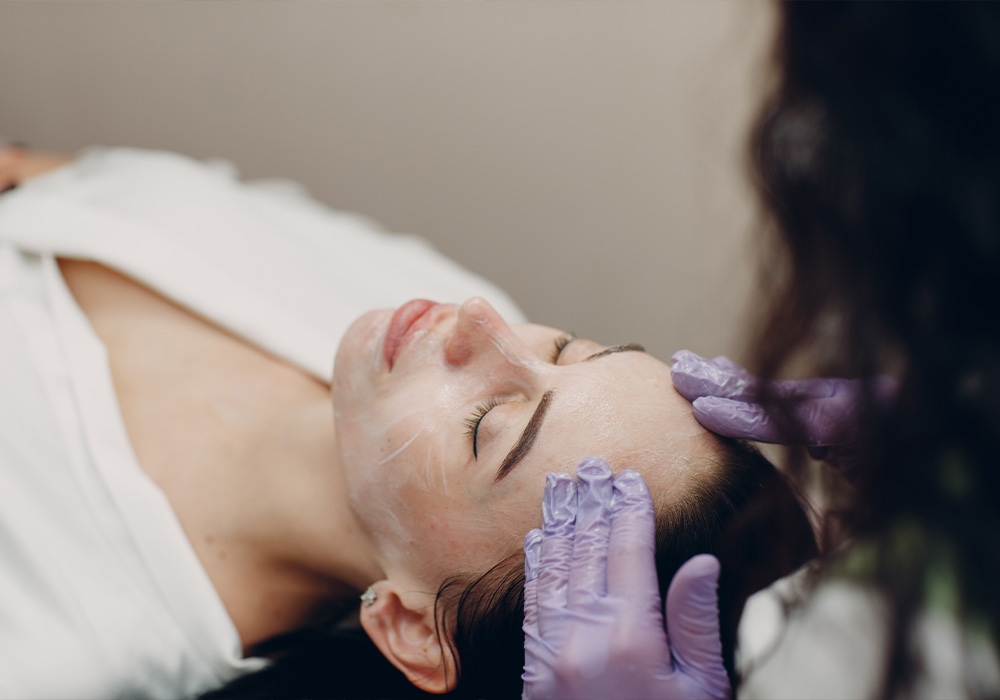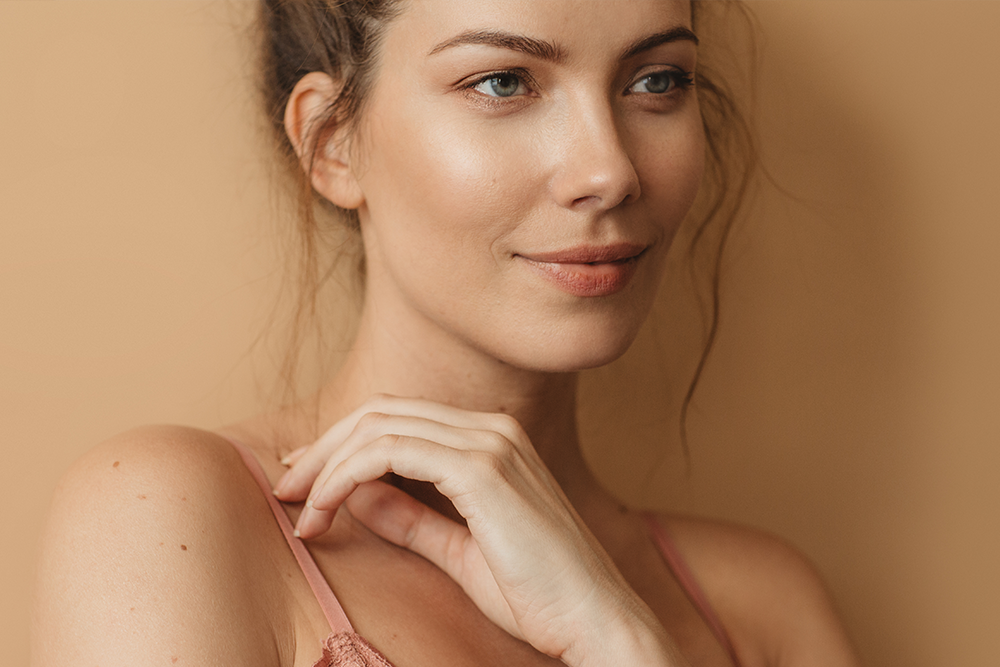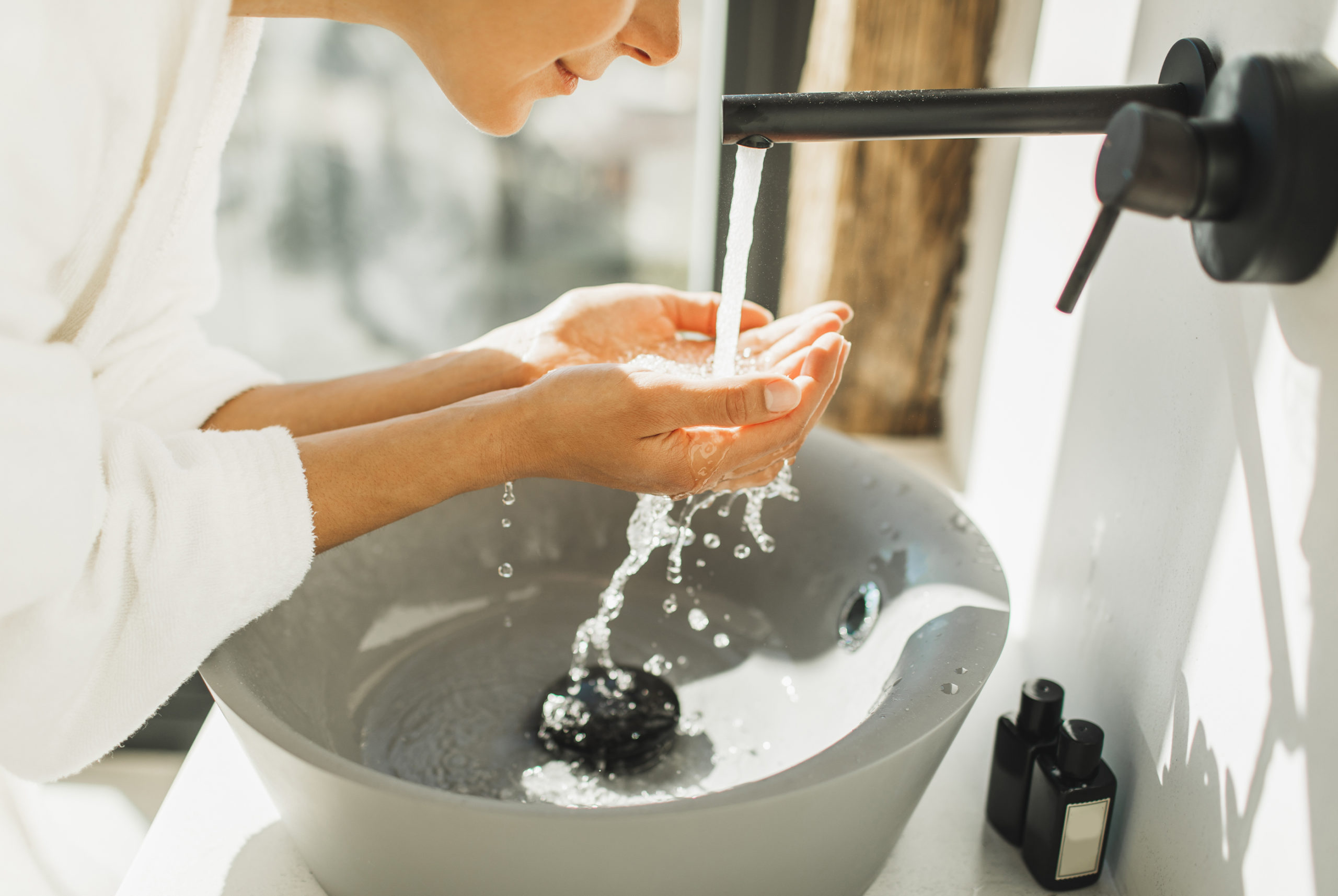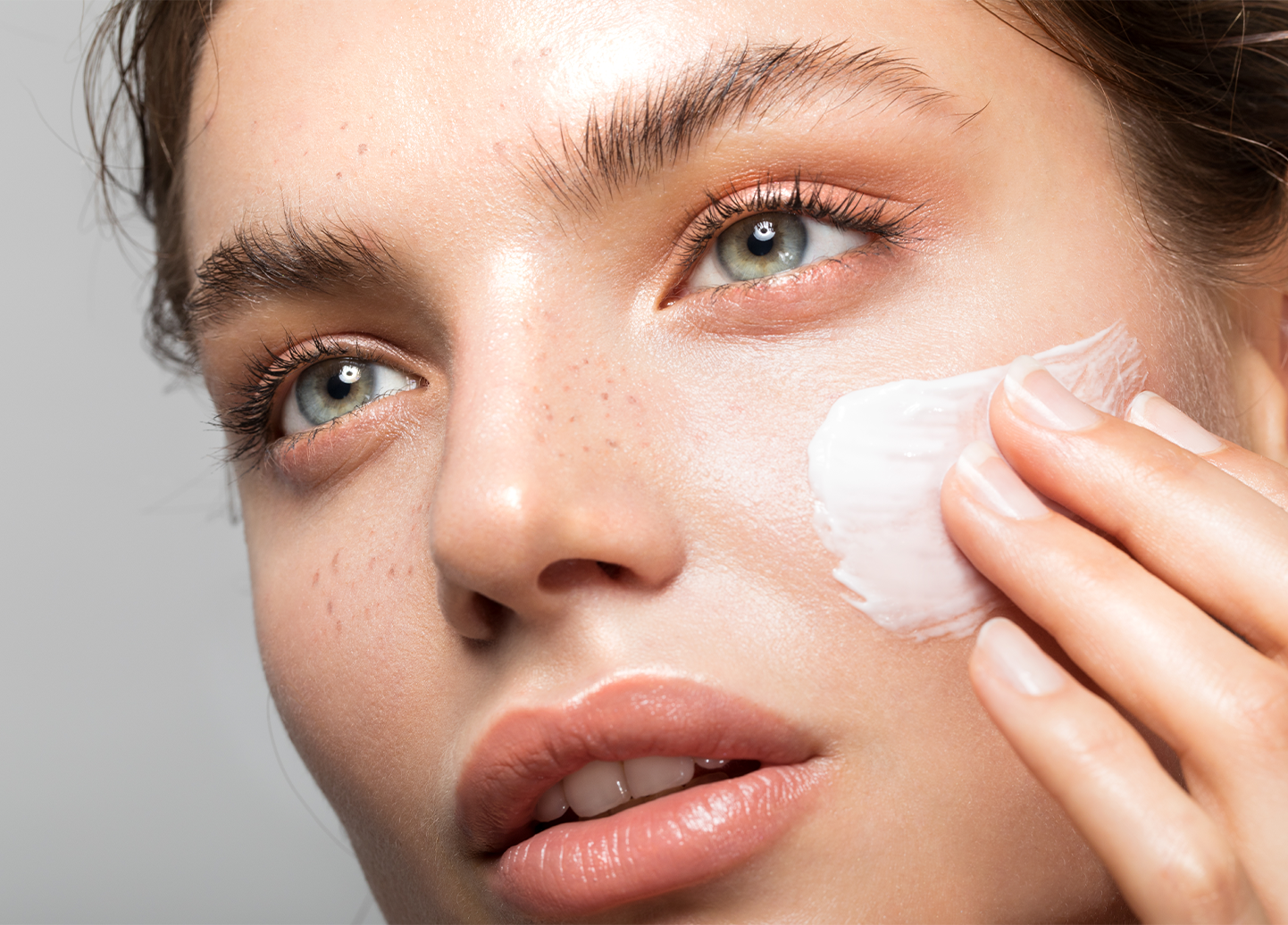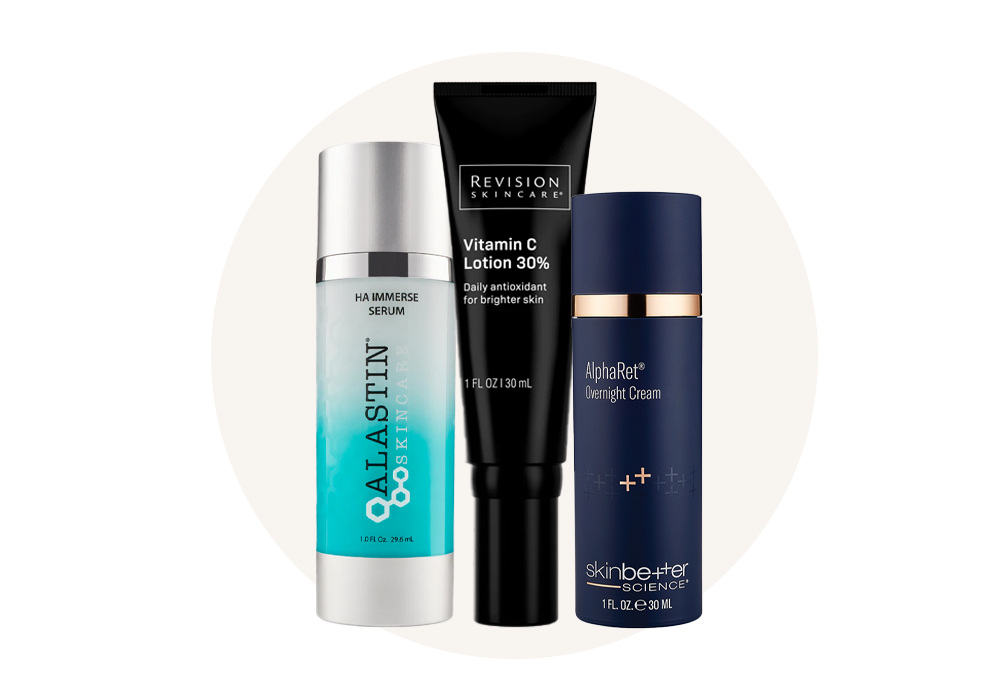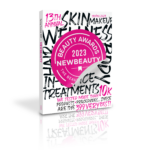
Want to know what has us buzzing in the world of anti-aging these days? Take a read of these five new trends. Each offers something different but they all promise to help slow the hands of time and prove that science-based findings are at the helm.
You May Also Like: The Anti-Aging Drug Is Ready for Humans
Microcurrent 2.0
One of the most effective modalities for microcurrent tools (technology that uses electrical currents to lift facial muscles and energize skin) is to use them alongside alginate masks, which are quick-acting and rich in trace minerals, peptides and calming and detoxifying agents to improve facial contours and stimulate lymphatic drainage. “They’ve been around for a long time, but are now starting to get some attention,” says celebrity aesthetician Biba de Sousa. Derived from seaweed, the powder-based masks are mixed with water or an activator and applied to skin in a thick layer. “When used over the eyes and neck, they produce a sense of deep relaxation and comfort,” adds de Sousa. “We are now connecting microcurrent machines to the wet mask via EKG pads and leaving them on for 10 minutes. It intensifies the penetration of the ingredients and cuts down on the total treatment time, and the effects are better.”
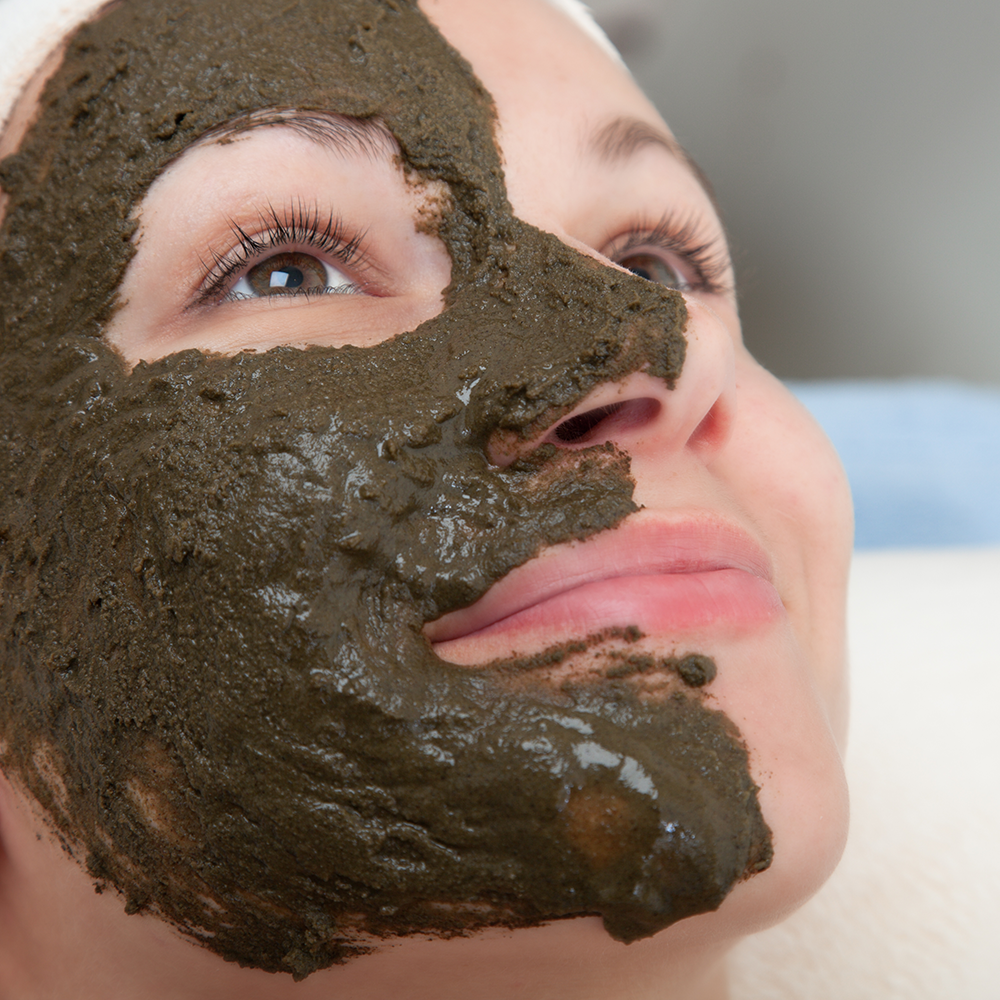
The Latest Oil Obsession
“Facial oils are an indispensable component of healthy skin. Their benefits have been known for years because they nourish, protect, hydrate and feed skin with essential fatty acids, antioxidants, minerals and vitamins. The oil format allows nutrients to penetrate lower layers of skin,” says Valérie Grandury, founder and CEO of Odacité Skincare. For years, it’s been all about the age-shielding effects of argan and coconut oils, but a new oil is stealing the spotlight. Enter buriti oil, a skin rejuvenator sourced from the Brazilian Buriti tree that’s loaded with oleic acid, essential fatty acids, carotenoids and vitamin E that provide moisturizing, soothing and healing properties for skin. “The red oil has been used in Amazonian medicine to protect skin from sun damage and dryness,” says Grandury. “It acts like a retinoid, too, because of its high levels of vitamin A.” Find it in Odacité Bu + L Serum Concentrate ($42), Surya Brasil Sapien Women Facial Scrub ($17), and RMS Beauty Beauty Oil ($78).
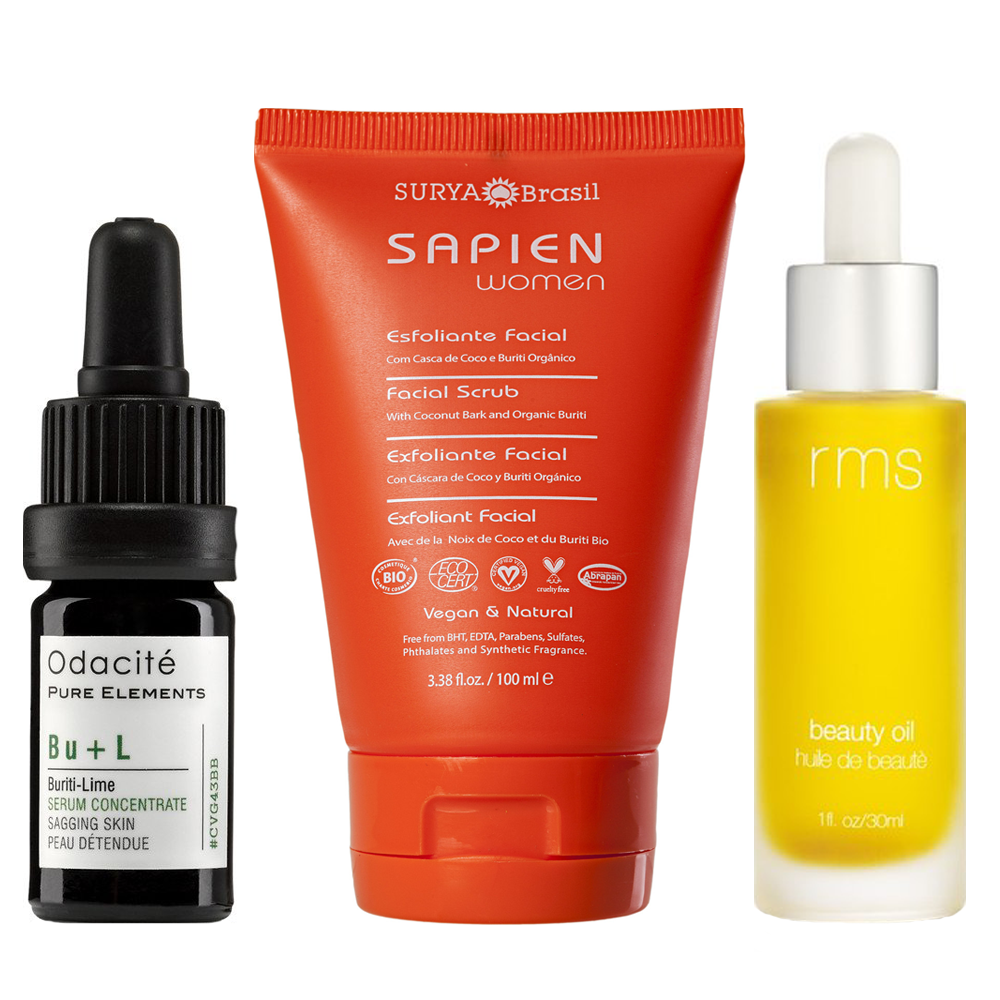
A Filler for Your Earlobes
Doctors have mastered fillers on the face, but there was one area that wasn’t getting attention—until now. “It was only natural that the ears would be the next area to rejuvenate,” New York dermatologist Patricia Wexler, MD, says. “When we correct the face and it looks younger, the ears often look droopy with stretched-out holes. For saggy earlobes, we can use hyaluronic acid fillers to add volume and support, ‘closing’ enlarged holes so that they’re tight and small.” The injections take minutes but last six months—granted you give up wearing heavy earrings.

The New Pain-Free Skin Rejuvenator
In the world of lasers, there are those that ablate the skin (removing its outer layer), and there are those that are nonablative (keeping the skin intact). The latest nonablative laser is the FRAX, available on the Nordlys Hybrid System from Ellipse USA. “It uses selective waveband technology and filters out unnecessary light and the higher wavelengths that serve no benefit and cause more pain,” says Grand Rapids, MI, plastic surgeon Bradley Bengtson, MD. It also uses a narrow band of light energy and creates a short pulse of energy as opposed to a longer band of energy with more heat. “It can treat unwanted hair, sun damage, red and brown lesions, acne, scars, facial veins, veins around the eyes, spider veins, and skin texture issues,” adds Dr. Bengtson. According to the company, the little-to-no-downtime treatment (one to three sessions are recommended) feels like a rubber band snap on skin.

A New Way to Get Your Injections
Could a new way to inject fillers be on the horizon? Our sources say yes, if the Teoxane Teosyal Pen, which is already available in 40 countries around the world and becoming popular stateside, becomes the wave of the future. Unlike needles and syringes, the motorized pen takes the focus away from how much pressure is applied and puts an emphasis on how to place the product. “It applies pressure to the syringe and drives the product out,” says West Palm Beach, FL, dermatologist Kenneth R. Beer, MD. “The pressure is constant and lower than when manually applied, so there is less pain and force for delivery of the product because regular syringes require manual pressure.”

